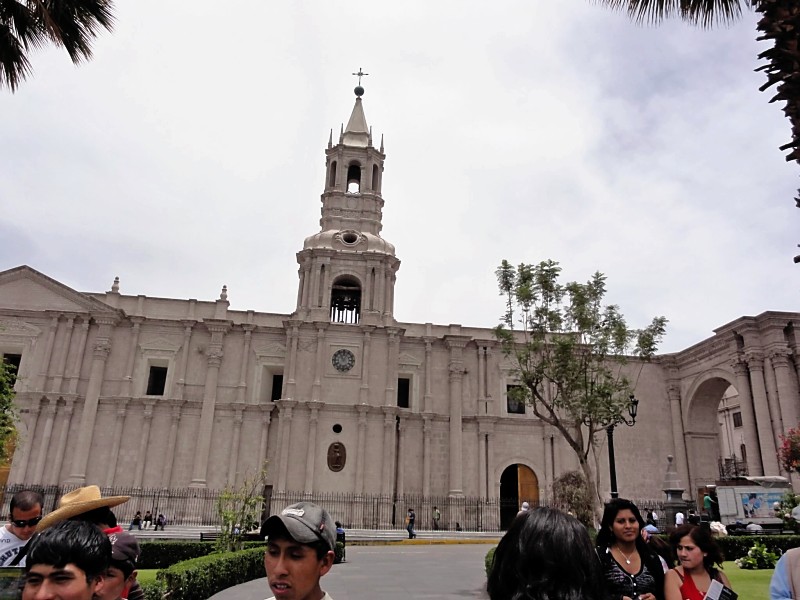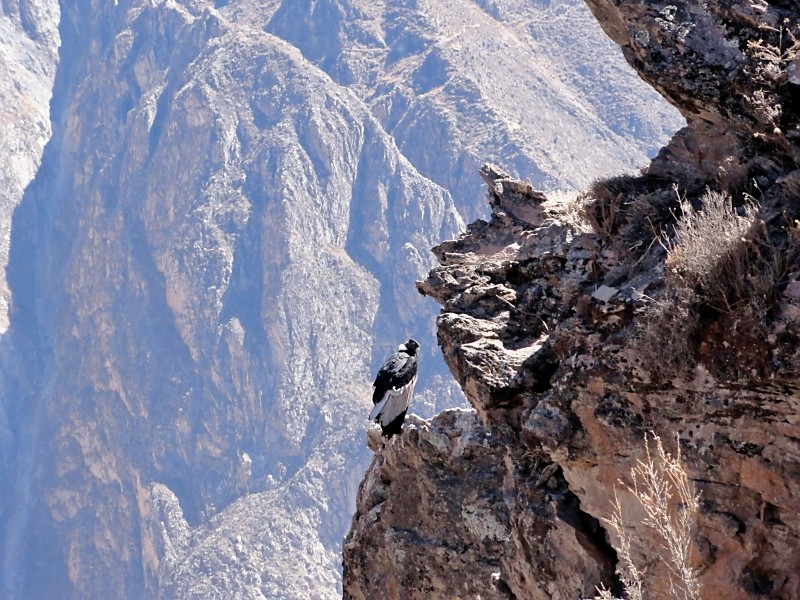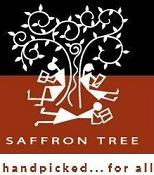Planes, Trains and Automobiles – Day 5, 6,7
Author: utbt24 Dec 2010
More TravelPeru posts.
From Cusco we took a overnight bus to Arequipa. The bus was top of the line with seats that incline to 135 degrees, temperature controlled, food service, restrooms etc. But I will not do it again.
Cruz Del Sur bus reservations can be done online. Bigger groups be aware that one can make only five reservations at a time. Two of us did the reservations for our group of ten and forgot to get the print outs for the second group. The thing is, their software is set up to search by the booking reservation number. We had our reservations, we had passports to prove our ID, but they couldn’t look up our names in the roster. Add the language barrier and time constraint, the situation was explosive. The lady checking the reservations wanted us to go to a browsing center and get our reservation number. It was 7.45PM, the moon was out, a new city and our bus leaves in 15 min. We had the good sense to refuse to do any such thing. Finally the lady offered to come with us to a browsing center. YaadaYaada and I jumped in a taxi with her and went to a browsing center. Problem solved? No. One realizes how spoiled one tends to be with the high speed internet and stuff like that! We type mail.yahoo.com and literally stared at the screen for what seemed like eternity for the sign in screen to appear. Meanwhile the rest of the group waiting at the bus station was wondering where we disappeared. 10 min for our bus to leave, finally we pulled out the reservation number and the lady who came with us called the bus station to start the boarding. But the rest of the group refused to step in to the bus till they see that Yaadayaada and I have landed in the bus station! Aren’t we all cute?! All drama aside we boarded the bus and traveled through the Andes to get in to Arequipa. Though we were sleeping the altitude was bothersome and I had to fight the urge to throw up.
Day 5: Arequipa
Arequipa is the second biggest town in Peru. Spanish colonists constructed most of the buildings with a white colored volcanic rock called the sillar and hence the name ‘white city’.
The plaza de armas or the city center is typical of the Spanish colonial period.
The basilica is framed by the volcano El Misti and looks impressive. The two other volcanoes in the region are Chachani and Pichu Pichu. The locals believe that El Misti is the husband and Chachani and Pichu Pichu are the wives.
Some from our group took the full loop bus tour that included the city and country tour. The rest of the group, read my friend and moi, popped paracetamol and slept off the sickness.
The bus tour is typical open roof top bus with a guide. Entrance to places like Santa Catalina monastery, Arequipa founder’s mansion, Sabandia mill need to be purchased separately and are not included in the bus tour ticket price.
Day 6: Colca Canyon
We took a two day, one night bus trip to the Colca Canyon. Once you reach the outskirts of Arequipa, we saw, what was described by our tour guide as, ‘No running water-no? So people have this black tanks-no? A truck-no, fills it with water once a week’ and we all went, ‘Ada- namma SINTEX tank-no?! Same in India too-no?! We know all about the water trucks and no running water.’
It was dry dry dry that my nose was bleeding in and out of Colca.
We spotted lots of Vicuna in the wild. Very graceful, doe-eyed, petite creatures. Apparently baby vicunia fur is the most expensive and a jacket made of baby vicuna fur costs about $3000.
Colca Canyon is twice as deep as Grand Canyon, but not as dramatic as Grand Canyon because the slope is gradual. Though dry, dusty and arid the Incans built agriculture terraces through out the canyon. The bottom half of the terraces were irrigated by the Colca river and the terraces at top half were watered by the glaciers that existed long time ago.
Peru is still very much an agriculture based society. Copper mining is also big.
There are more than 3000 types f documented varieties of potatoes cultivated in Peru.
Through out the lower walls of the canyon, dug out in the rock face are little caves or colcas where the produce was stored before being traded. How the Incans and pre-Incans reached these colcas which are only a few feet above the river, on almost vertical rock faces with huge loads of produce on their back is a wonder.
The natives in the Colca canyon still live the old fashion way. In and out of the canyon is by foot only.
In Colca, we stayed almost in the middle of no where is this beautiful lodge cabin with beautiful hammocks in open space. The children loved the hammock.
YaadaYaada, her husband and R went for a three hour hike across the canyon, got a close glimpse of the colcas. I was told that they crossed a old rickety rope bridge, so old and fragile that the guide said only one person on the bridge at a time. I turned green with envy and cursed my sickness. On this hike they also visited hot springs.
Day 7: Condor watching and back to Arequipa.
We left early in the morning to watch condors. Andean condors are the world’s largest flying birds. End of Nov is not the best time for condor watching because it is nesting time for the condors. We were dropped off at the Condor cross over look. We waited for almost 90 min with no condor in sight. Finally one, almost bored looking condor appeared, glided up and down, sat down for 10 min and posed for the pictures and flew away. My guess is that was sent by the condor mommies who figured that the noisy humans will never leave without watching at least one condor.
The rest of the day was spent in driving back to Arequipa. It takes 6 hours one way from Arequipa to Colca canyon. The road only reminded me of the Thanksgiving song my girls sing.
This old road is hard and bumpy
Aren’t turkeys are wild and jumpy
Driver, driver not so jerky
Or you will make us lose our turkey.
Only replace turkeys with throw up!
We were in Arequipa and still had a good couple of hours of day light and I wanted to catch at least a small bit of the city. So YaadaYaada, her husband and I took a taxi to see Santa Catalina monastery and Juanita museum. Singing songs from Sound of music in my head, we reached the Santa Catalina monastery, but it was closed. Bummer. But we did the Juanita(Ice Maiden) museum and I enjoyed it. No cameras allowed in the museum. They have a small collection of well organized exhibits and the guide was very knowledgeable.
Juanita was a young girl of 13 or 14 offered by the Incans as a sacrifice to appease their gods. The museum contains collection of objects from 5 different human sacrifices and the guide explained the significance of each object. It offers a good insight in to how the Incans kept statistics, maps, data etc. One amazing detail – the Incans preserved the umbilical cord of the baby in chincha(corn alcohol), because they believed that the umbilical cord has high medicinal properties. When the child falls sick, they gave the child a small portion of the chincha. That is cord blood ans stem cell theory for you folks.
While we were out the other two husbands, mine and the other friend’s cooked dinner for us in the hotel’s kitchen. Simple Maggie noodles, but the hotel staff were super kicked about the men cooking. The minute we got back from sightseeing they burst out to tell us with pride and joy about the men cooking in the kitchen 🙂
Day 8,9 follows and we are all done.







 (No Ratings Yet)
(No Ratings Yet)
Leave a reply